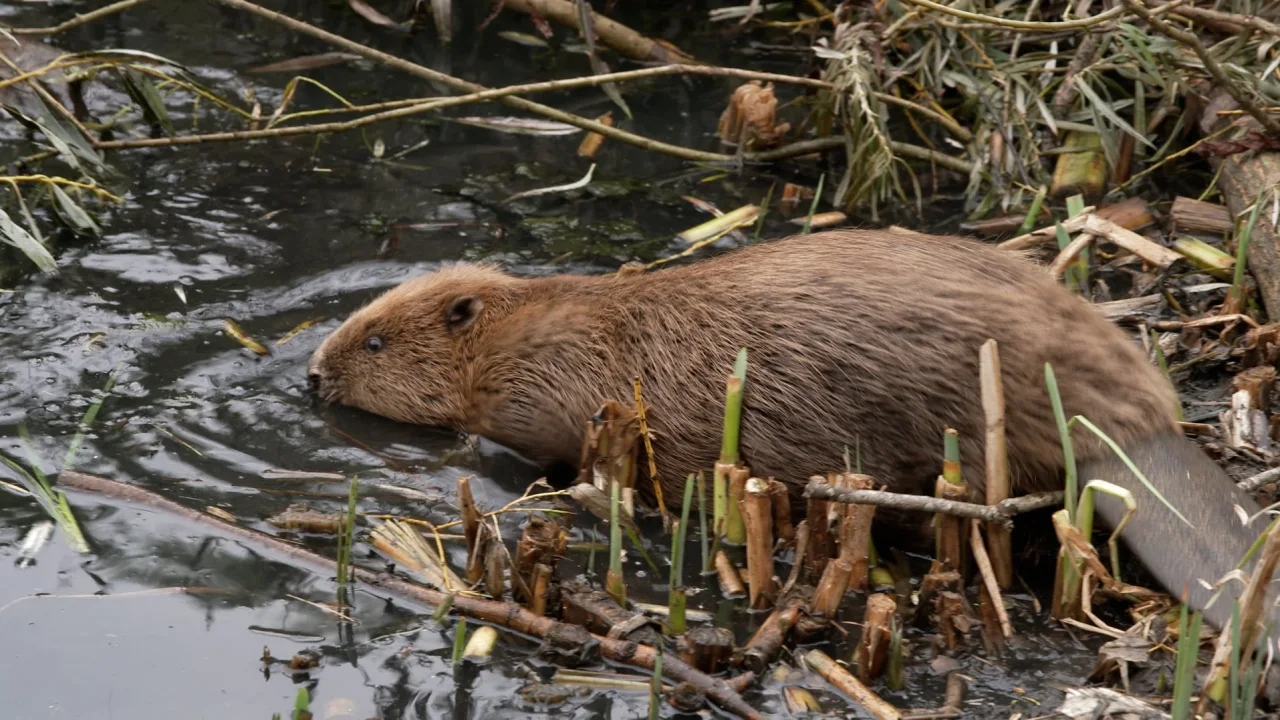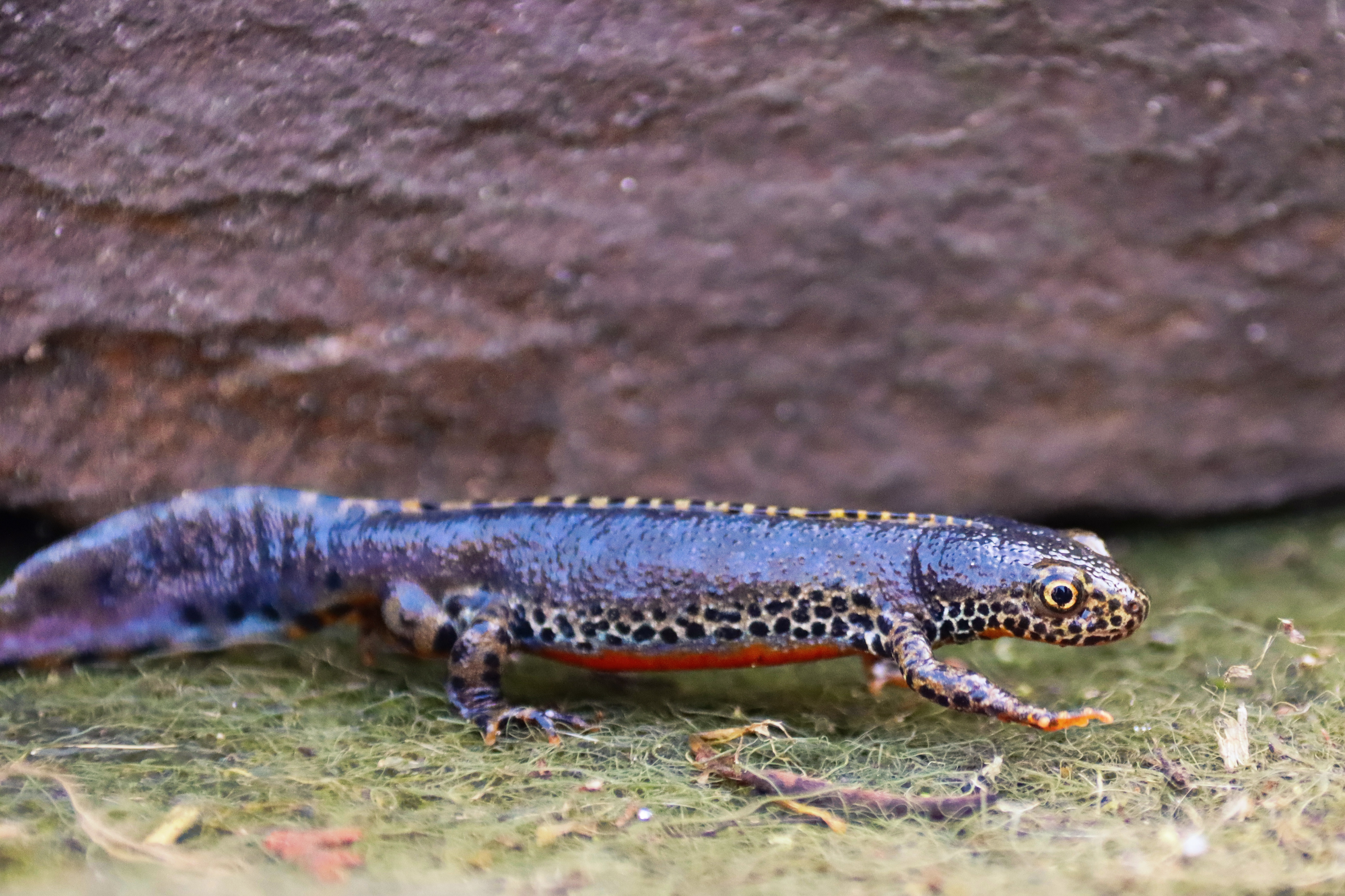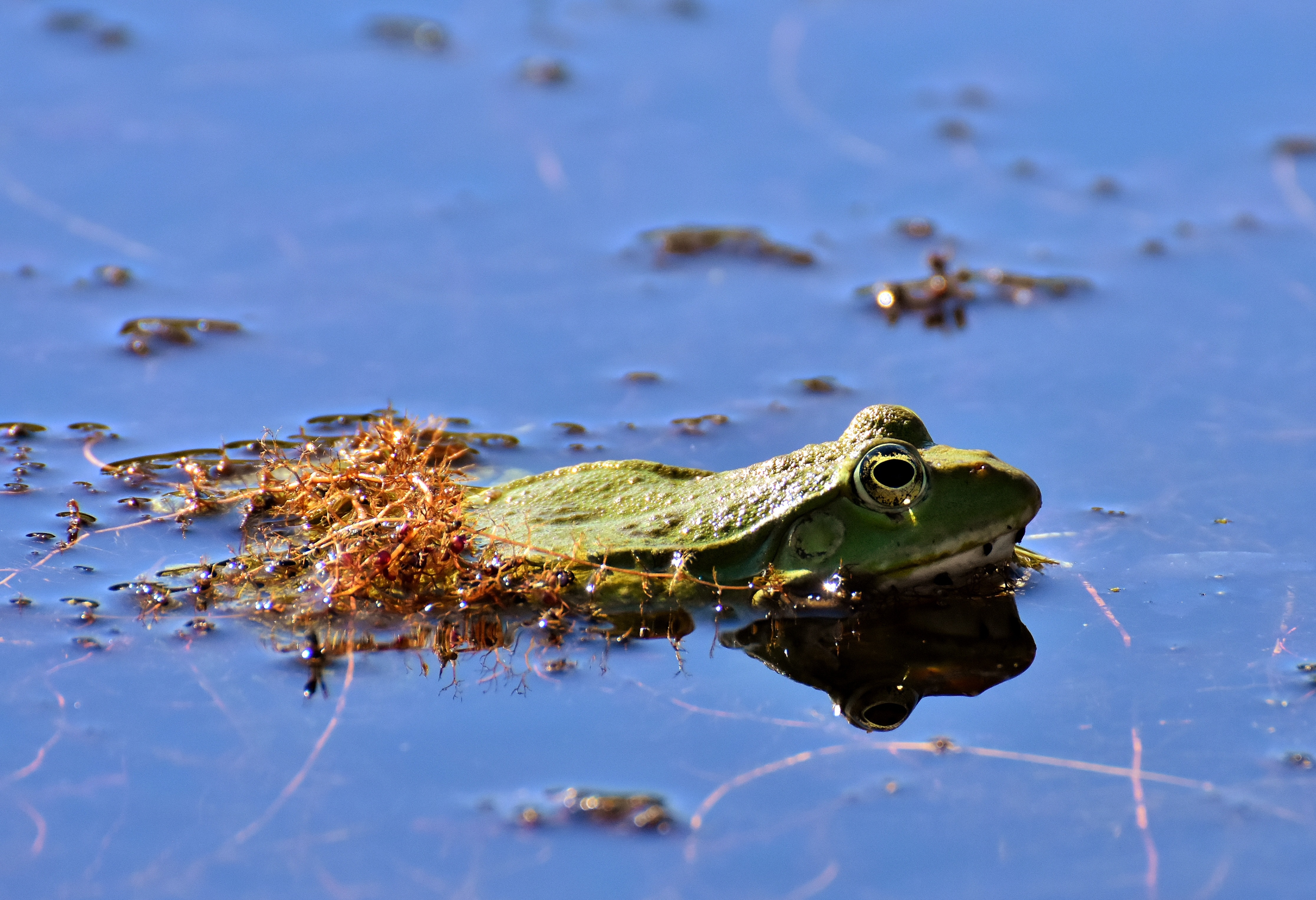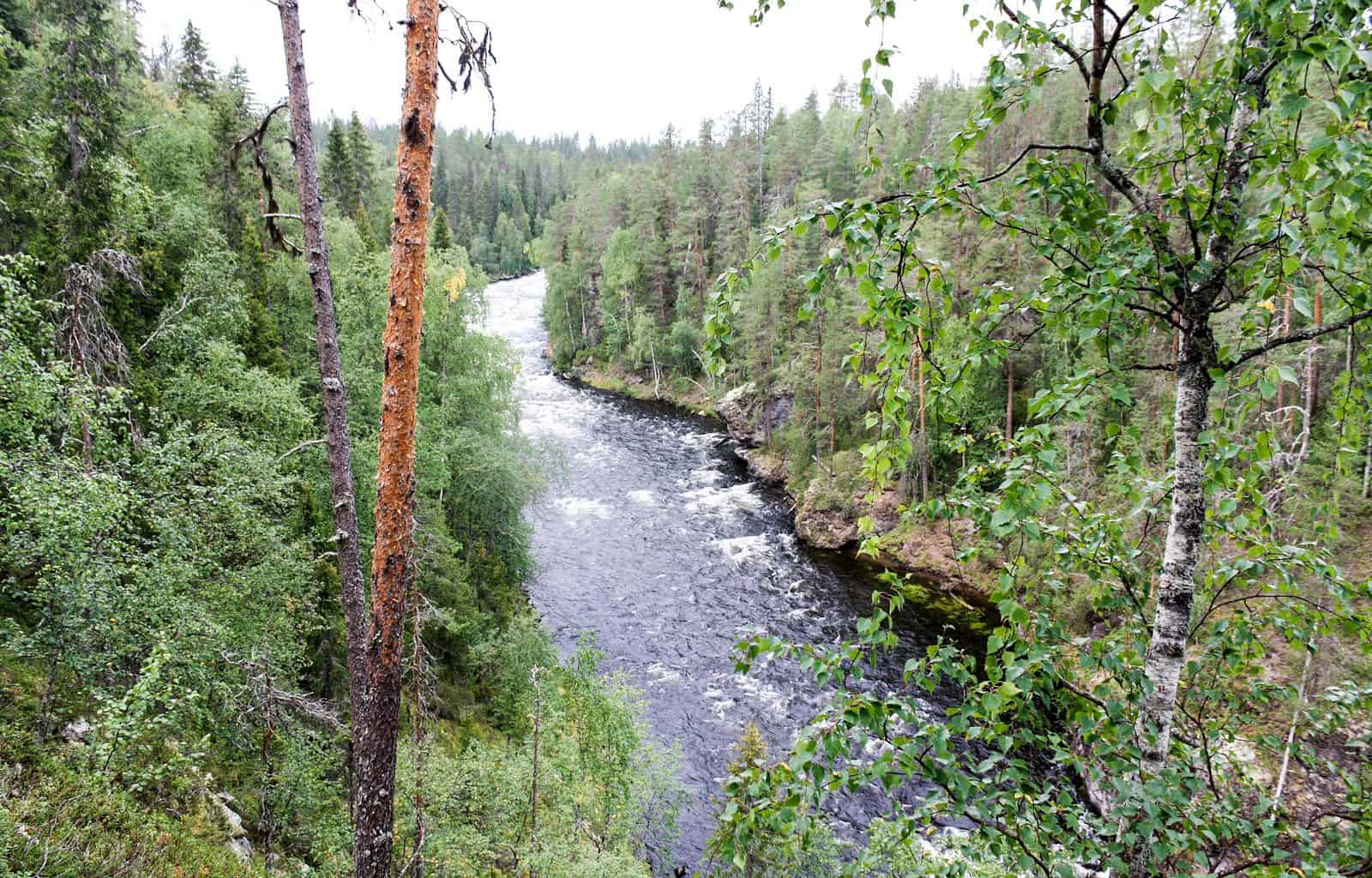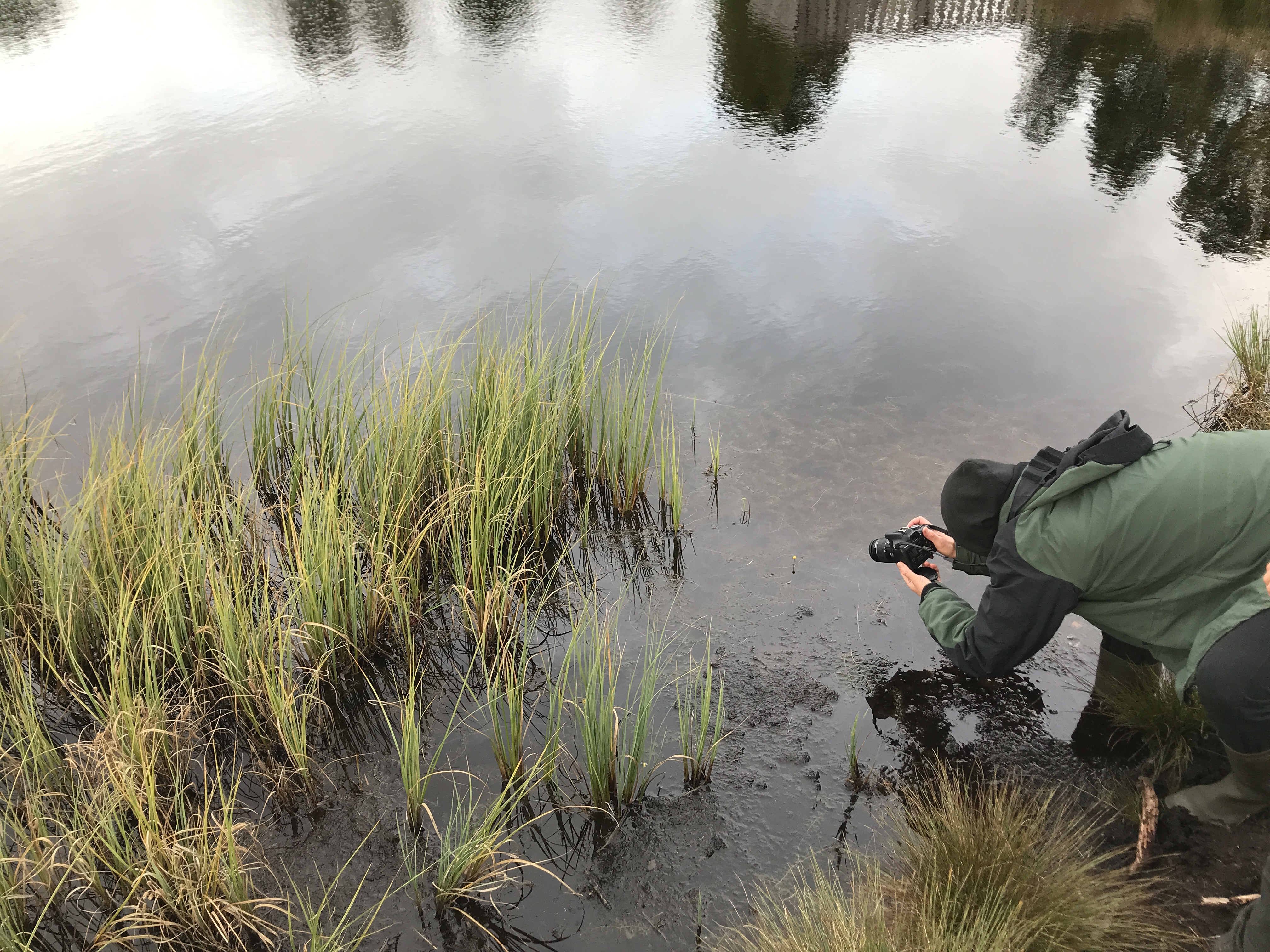Importance of Beavers in Wetland Restoration: The UK Example
Beavers, known for their remarkable ability to transform landscapes through dam-building and waterway management, once thrived across the British Isles. Their journey from native inhabitants to locally extinct species and finally to their reintroduction highlights the complexities of human-wildlife interactions and the evolving understanding of ecological restoration.
Ancient Inhabitants
Beavers were once widespread across the UK, with evidence suggesting their presence dating back thousands of years. Fossil records and historical accounts indicate that beavers inhabited rivers, streams, and wetlands, playing a crucial role in shaping these environments. Their dam-building activities created diverse wetland habitats that supported a wide array of plant and animal species, contributing to the overall health of the ecosystem.
Please also read: Beavers as wetland architects in Europe
Decline and Extinction
The decline of beavers in the UK began during the medieval period, driven primarily by human activities. The fur trade was a significant factor, as beaver pelts were highly prized for their warmth and durability. Additionally, beavers were hunted for their castoreum, a substance used in perfumes, medicines, and as a flavoring agent. Habitat loss due to deforestation and the drainage of wetlands for agriculture further contributed to their decline. By the 16th century, beavers were believed to be extinct in the UK.
Reintroduction Efforts
The reintroduction of beavers in the UK is a relatively recent conservation effort, initiated in the late 20th and early 21st centuries. Recognizing the ecological benefits that beavers bring to wetland environments, conservationists and ecologists advocated for their return. Beavers are known as “ecosystem engineers” for their ability to create wetland habitats that support biodiversity, improve water quality, and reduce flooding risks.
One of the most notable reintroduction projects began in 2009 with the Scottish Beaver Trial in Knapdale, Argyll. This project, a collaboration between the Scottish Wildlife Trust and the Royal Zoological Society of Scotland, saw the release of European beavers into a controlled area. The trial aimed to assess the feasibility and impact of reintroducing beavers to Scotland. Following the success of this trial, beavers were given official protection as a native species in Scotland in 2019.
Please also read: Beavers return to London after centuries of absence
Expansion and Current Status
Following the positive outcomes of initial reintroduction projects, beaver populations have been expanding in other parts of the UK. In England, beavers were reintroduced in Devon’s River Otter in a project led by the Devon Wildlife Trust.
The trust has been monitoring Devon’s resurgent beaver population over the last 10 years and, with help from the university of Exeter, used drone imagery and water-depth monitoring to show that the new beaver dams were storing more than 24 million liters of water in the surrounding wetlands.
“Based upon over a decade of research at the University of Exeter, we have found that beaver-created wetlands contribute significantly to more resilient landscapes, reducing both the impacts of flooding and drought,” said Dr. Alan Puttock, a lecturer at the university.
The researchers also measured the impact of beavers on the flow of water through landscapes. Using data from the Environment Agency’s river gauging stations, researchers found that beaver dams and their wetlands can significantly reduce storm flows by an average of 30% during periods of heavy rainfall. The research points to the benefits for flood prone communities downstream of beaver wetlands as they slow the movement of water, reducing the peak flow levels in rivers and streams.
“The human creation of wetlands is an extremely costly undertaking and, frankly, we’re not as good at it as beavers.” Said Pete Creech, a wildlife ranger at the Heart of Argyll Wildlife Organization.
As of now, beaver populations are steadily growing in several regions across the UK, with ongoing monitoring and management to ensure their integration into modern landscapes. The presence of beavers has sparked interest and support from local communities, farmers, and conservationists, highlighting the species’ potential to contribute to natural flood management and biodiversity conservation.
Challenges and Future Prospects
While the reintroduction of beavers has been largely successful, it is not without challenges. Conflicts can arise between beavers and human land use, particularly in areas where their dam-building activities might flood agricultural land or infrastructure. Effective management strategies and public education are essential to mitigate these conflicts and promote coexistence.
Looking ahead, the future of beavers in the UK appears promising. Continued support for reintroduction programs, alongside adaptive management practices, will be crucial in ensuring the long-term success of these initiatives. As ecosystem engineers, beavers have the potential to play a vital role in restoring and maintaining healthy wetland ecosystems, benefiting both wildlife and human communities.
Conclusion
The history of beavers in the UK is a compelling narrative of loss and recovery. From their extinction due to human exploitation to their reintroduction driven by a renewed understanding of their ecological value, beavers have demonstrated their resilience and importance. As efforts continue to reestablish beaver populations, these remarkable animals are once again becoming an integral part of the UK’s natural heritage, exemplifying the positive impact of thoughtful conservation initiatives.

